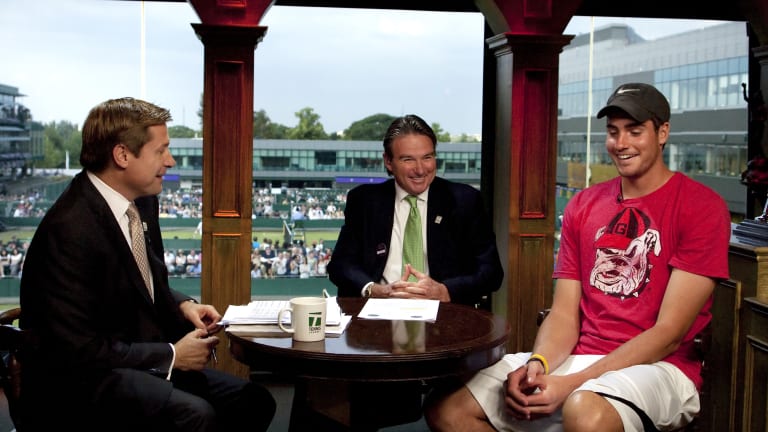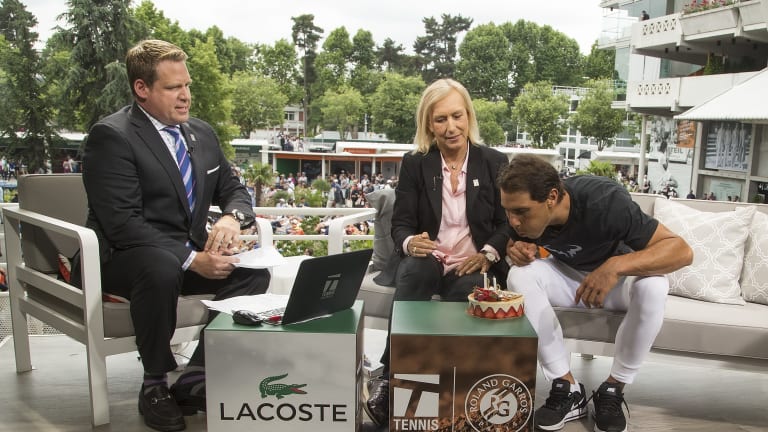Tennis Channel Turns 20
Celebrating 20 years with the Tennis Channel community
By May 15, 2023Tennis Channel Turns 20
'You mean I can see matches from every round, for the whole week?'
By May 15, 2023Tennis Channel Turns 20
20 Years, 20 Photos: Tennis Channel through the decades
By May 15, 2023Opinion
Does tennis need a Rules Committee?
By Dec 14, 2025ATP Challenger Tour
Sinner, Alcaraz, Fonseca all won the Next Gen ATP Finals at 18. Will Justin Engel join them?
By Dec 13, 20252025 Year In Review
WTA Match of the Year Honorable Mentions: Comebacks, marathons, anti-epics, and Sabalenka on the winning side
By Dec 13, 2025The Business of Tennis
Garbiñe Muguruza returns to Madrid as co-tournament director
By Dec 13, 2025Social
Alexandra Eala carries flag for Philippines at 2025 SEA Games
By Dec 12, 20252025 Year In Review
Victoria Mboko and Janice Tjen among players honored by ITF for 2025 breakthroughs
By Dec 12, 20252025 Year In Review
WTA Match of the Year, No. 1: Amanda Anisimova comes of age in Aryna Sabalenka Wimbledon stunner
By Dec 12, 2025Celebrating 20 years with the Tennis Channel community
Through its two decades on the air, Tennis Channel has bonded tennis fans around the U.S.
Published May 15, 2023
Advertising

A day after winning the longest tennis match in history—183 games, including a 138-game fifth set—John Isner took a well-deserved seat with Jimmy Connors and Bill Macatee, at the 2010 Wimbledon Championships.
© ©Fred Mullane/Camerawork USA, Inc.
Advertising
Advertising

Happy Birthday, Rafa! (Now make a wish...) In 2017, the King of Clay found himself the subject of a surprise cake presentation.
© ©Fred Mullane/camerawork usa
Advertising

Naomi Osaka beams during a 2022 photo shoot at Indian Wells.
© ©Fred Mullane/Camerawork USA, Inc.